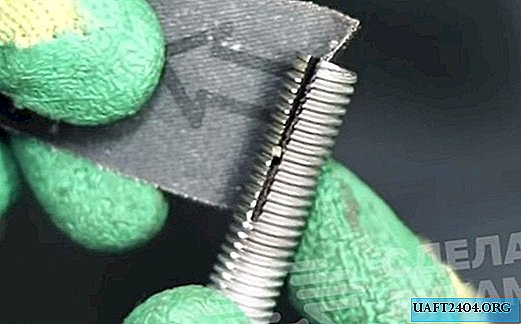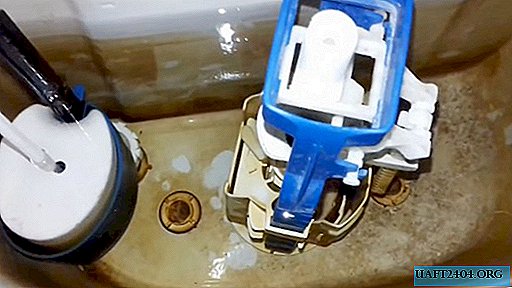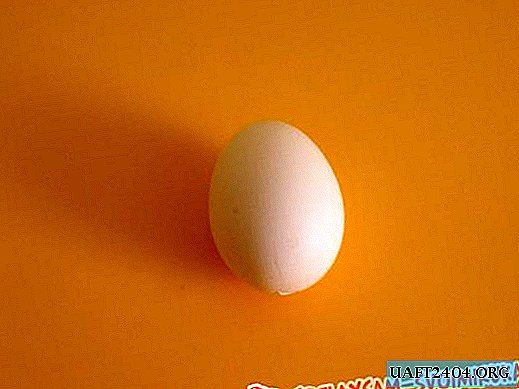
Many modern car batteries have a charge indicator (or as it is also called a “peephole”). Moreover, the presence of this "eye" affects the cost - such batteries are more expensive than their "eyeless counterparts."
But practice shows that the benefit of having such an “eye” is very doubtful. The built-in charge indicator most often only misleads car owners about the state of the battery.
In fact, the “eye” or battery charge indicator is a simplified hydrometer that is installed in only one section of the battery.
What you need to know about the charge indicator?
In the plastic case of the “eye” there are several balls with different specific gravities and colors, and depending on the density, the desired ball pops up. It should be noted right away that there are no light bulbs or tricky microcircuits.

The charge indicator can show three main states - it is “battery charged”, “battery low” and “low electrolyte level”.
The indicator shows the battery charge if the density is higher than 1.24 g / cm3However, at the same time, these values may differ for different manufacturers. For example, in some batteries it happens that at 1.20 g / cm3 “peephole” indicates the “charged” state.
"Battery low", the built-in indicator usually shows when the density is below the threshold value.

But the “eye” shows a low electrolyte level when the electrolyte level is below the tip of the indicator itself.
Please note that under certain conditions, the built-in charge indicator can give false readings, and mislead car owners. Let us consider in more detail each situation.
Balls stick inside the charge indicator
Quite often, batteries with defects are found. For example, the indicator may indicate the “battery low” value (that is, a red ball pops up), however, the density and level in this section and in the entire battery are normal.
Green color of "eye" at subzero temperature
The density of the electrolyte at a temperature of about +25 degrees 1.18 g / cm3, which indicates that the battery is slightly discharged.

And at a temperature of -26 degrees, the density will be 1, 22 g / cm3 the indicator will show green, which indicates that the battery is charged, although this is far from true.
Incorrect reading after adding electrolyte

If, out of ignorance, an electrolyte was added to the battery, which is absolutely impossible, the battery does not give the specified characteristics and, in fact, is in a discharged state. But the indicator may indicate that the battery is charged.
The density in different banks can vary greatly
The charge indicator is usually set in the middle sections of the battery, but in the extreme sections (plus and minus) the level is usually lower and the density is also lower than in the bank where the “eye” is installed. But at the same time, the indicator may indicate that the battery is auto charged.

Incorrect readings if a short circuit occurs
If in any bank of the battery, except the one where the charge indicator is installed, a short circuit occurs, the “eye” will not show it.
In other words, the battery will be inoperative, while the “eye” itself will “burn” green.
Active mass sweeping in a car battery
Very often, "by statute of limitations" or because of improper operation, the so-called active substance swelling occurs. As a result of this, the voltage under load drops, and the starter is not able to twist once.
Moreover, the charge indicator itself may show a green color, although the battery has long been time to replace with a new one.
Many car owners evaluate the condition of the battery only by the value of this indicator, and are most convinced of its veracity and accuracy. Although, as practice shows, this is far from the case.
The “Peephole” is just an additional indicator that you should not rely on completely. It’s better to carry out periodic battery maintenance, and most importantly, remember that the green color of the indicator itself does not always indicate that everything is fine with the battery.











